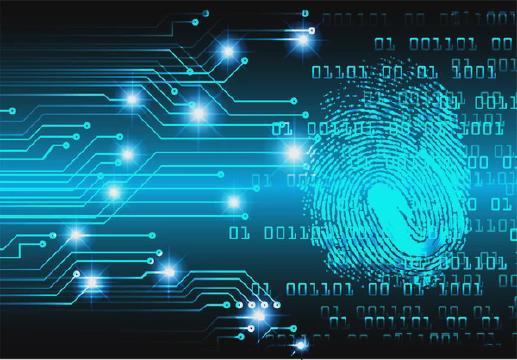Excerpt§
This article provides an in-depth look at the SHA512 cryptographic hash function. It covers the characteristics and security properties of SHA512 that make it resilient against common attacks.
Introduction§
A hash function is a mathematical algorithm that maps data of arbitrary size to a fixed size value called a hash value. Secure hash functions are an essential component of modern cryptography and are used extensively in various applications such as digital signatures, message authentication, and password storage. In this blog post, we will focus on the SHA512 hash function and understand why it is considered cryptographically secure.
What is SHA512?§
SHA512 is a member of the SHA2 family of cryptographic hash functions published by the National Institute of Standards and Technology (NIST) in 2001. The SHA2 family consists of hash functions with digest sizes of 224, 256, 384 and 512 bits. As the name suggests, SHA512 produces a 512-bit hash value irrespective of the size of input message. Other SHA2 hash functions include SHA256, SHA384 and SHA224.
Characteristics of SHA512 hash function§
SHA512 possesses certain properties that make it resistant to common cryptographic attacks:
Collision resistance§
It is computationally infeasible to find two different messages that result in the same 512-bit hash value when hashed using SHA512. This is due to the extremely large hash space (2^512 possible values) which makes collisions highly unlikely.
Pre-image resistance§
Given a specific output, it is nearly impossible to determine the input message that produced that hash value. This one-way nature prevents decrypting the contents from the hash.
Avalanche effect§
Even a slight change in the input message results in major changes to the resulting hash value. For example, changing a single bit in the input can flip each output bit with a 50% probability. This amplifies small differences in the input to make the output wildly different.
Fixed length output§
SHA512 always produces a 512-bit hash value of fixed length regardless of input size. This eliminates the possibility of analyzing patterns in variable length outputs.
Cryptographic strength of SHA512§
Owing to its strong security properties, SHA512 is widely adopted for secure applications such as:
- Digital signatures
- Password hashing
- Data integrity verification
- Random number generation
Government agencies like NSA and NIST approve SHA512 for protecting classified information up to “SECRET” level. The robustness of SHA512 against brute force attacks ensures even the most critical data remains secure.
Attacks and vulnerabilities§
Like any cryptographic algorithm, some weaknesses in SHA512 have been identified but are extremely difficult to exploit practically:
- Susceptibility to length extension attacks due to Merkle–Damgård construction.
- Possible vulnerability to future quantum computing attacks.
However, none of these pose a realistic threat given current computing capabilities. Overall, SHA512 provides adequate security with an acceptable safety margin for the foreseeable future.
Comparisons with other hash functions§
Compared to the older SHA256 algorithm, SHA512 is considered more secure due to its longer 512-bit output. But it is also slower than SHA256. When performance is a priority, SHA256 is a better choice.
The SHA-3 algorithm also competes with SHA512 in terms of security. But SHA512 remains secure in practice despite theoretical vulnerabilities. Hence, there is no urgent need to migrate to SHA-3 yet unless major weaknesses are discovered in SHA512.
Conclusion§
In summary, the SHA512 hash function is widely regarded as secure due to its cryptographic properties of collision resistance, pre-image resistance, avalanche effect and fixed length output. It provides adequate protection for high-value information assets against currently known types of attacks. While theoretically breakable, SHA512 exhibits strong real-world security and remains recommended by experts for applications requiring secure hashes. However, it is still important to monitor new developments in cryptanalysis and replace SHA512 as necessary if serious vulnerabilities emerge in the future.















